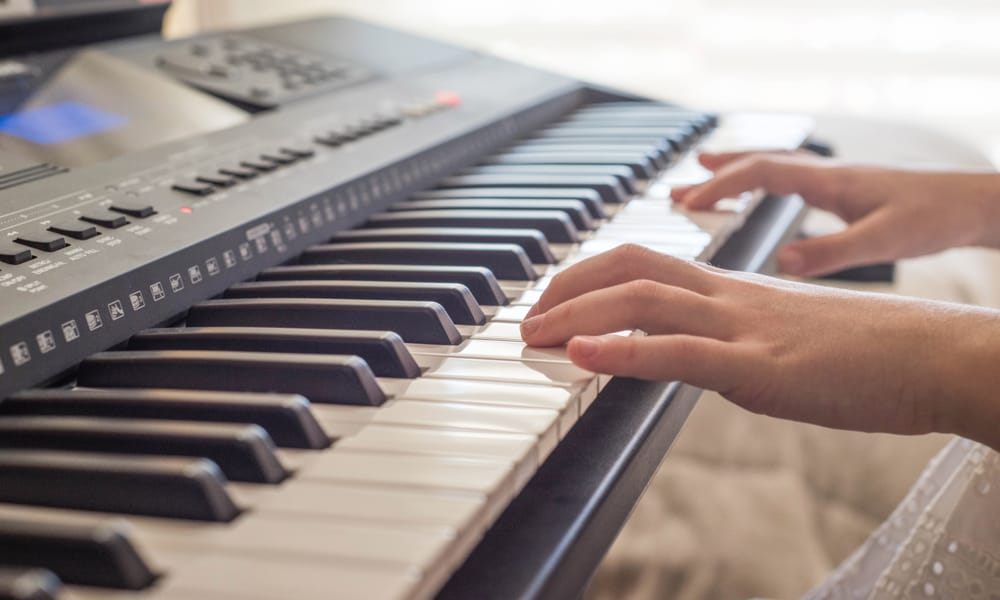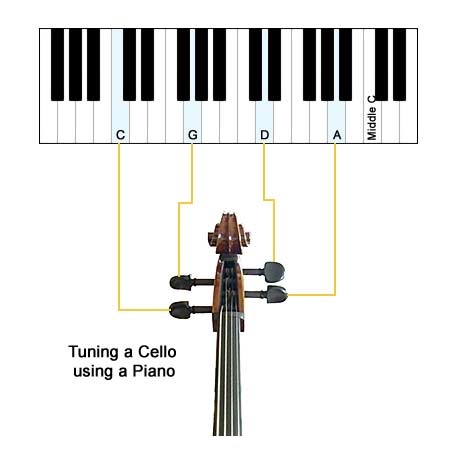

- #Tuning a digital piano upgrade#
- #Tuning a digital piano full#
- #Tuning a digital piano software#
- #Tuning a digital piano Bluetooth#
#Tuning a digital piano upgrade#
The eagerly awaited upgrade of the S1000, the new PX-S1100 builds on its predecessor by adding the modern features today’s budding pianists demand.
#Tuning a digital piano full#
Read the full Roland FP-10 Digital Piano review
#Tuning a digital piano Bluetooth#
MIDI via both USB and Bluetooth means that the FP-10 plays nicely with Roland’s excellent Piano Partner 2 app, and also makes a great MIDI controller keyboard. Unfortunately, we found that the speakers could be pretty weak-sounding to our ears at times - but for the money, there had to be at least one flaw. Roland’s patented SuperNatural piano technology delivers an amazingly detailed and nuanced sound, while split mode gives you a four octave piano at each end of the keyboard, great for teaching. Beautifully responsive and representing staggering value, it’s exactly the same action found on the pricier FP-30 model.Īll 88 keys are individually weighted with different weights, as you’d find on an acoustic piano, delivering one of the most authentic-feeling keybeds in this price bracket. All of the testimony that I have read on this unit is very true.As Roland’s newest entry-level, full-size digital piano, the standout feature on the FP-10 has to be its class-leading PHA-4 keyboard. I have been using this computer for one year and after being an aural tuner for over thirty years, I must say that the Accu-Tuner is a very welcome aid to my continued tuning success.

All of the efforts of you folks at Inventronics were on center stage and the performance of your product was in the spot light. This level of fine tuning made for a very high degree of tuning for the Band's live performances which in turn helped create live recordings of studio caliber. Many thanks for making life easier for me and countless others.

I never had any confidence in my tuning ability when it came to tuning the temperament octave on inferior quality pianos.I no longer have this problem. And even though I enjoy a very good reputation as a tuner/technician in my area, the Accu-Tuner has helped me improve. The piano which I tuned today sounded gorgeous. We are confident that the tried-and-true original ETD provides a better tuning in less time. The easiest method to learn the truth is to match the tuning accuracy of an Accu-Tuner against a competitive device. It reached the point where no one questions the misinformation and accepts it as fact. There is much misinformation on inharmonicity, spread by competitors with less accurate devices. Steve essentially a full circle: physical (measure the strings) to theory (inharmonicity formulas) back to reality (tuning the piano and aurally verifying the results). Steve would measure the physical strings, calculate an 88 note tuning with the inharmonicity formulas, tune the piano and the tuning would be "perfect" to Steve's ears. This was proven almost thirty years ago by the highly-respected Steve Fairchild. When the right measurement equipment is used and the inharmonicity formulas are used correctly, there is very little variation between our predicted inharmonicity and the actual inharmonicity. Al was the first scientist to study and uncover the mysteries behind inharmonicity and created the mathematics necessary to predict it. We Are the real DealĪl Sanderson and his son have been very involved in scale design, bass string manufacturing, and other piano-related studies for a very long time. So, our embarrassed competitor threatened us with lawsuits and a lot of other nonsense. In response to the false claims, we gave a class titled "Inharmonicity - Fact and Fiction" in order to present our findings. The errors were in the measuring instruments used by the competitor. As it turned out, the formulas were fine and are used by many string manufacturers to create better sounding scale designs for pianos.
#Tuning a digital piano software#
When the first software competitor made the claims, Al Sanderson created a tool to electronically stimulate the strings to see if there were errors in our formulas. But we know they do and our competitors continually come up with their own theories in an attempt to debunk our formulas that have been working perfectly for years. Over the years we have heard many excuses for why the piano inharmonicity formulas don't work.


 0 kommentar(er)
0 kommentar(er)
